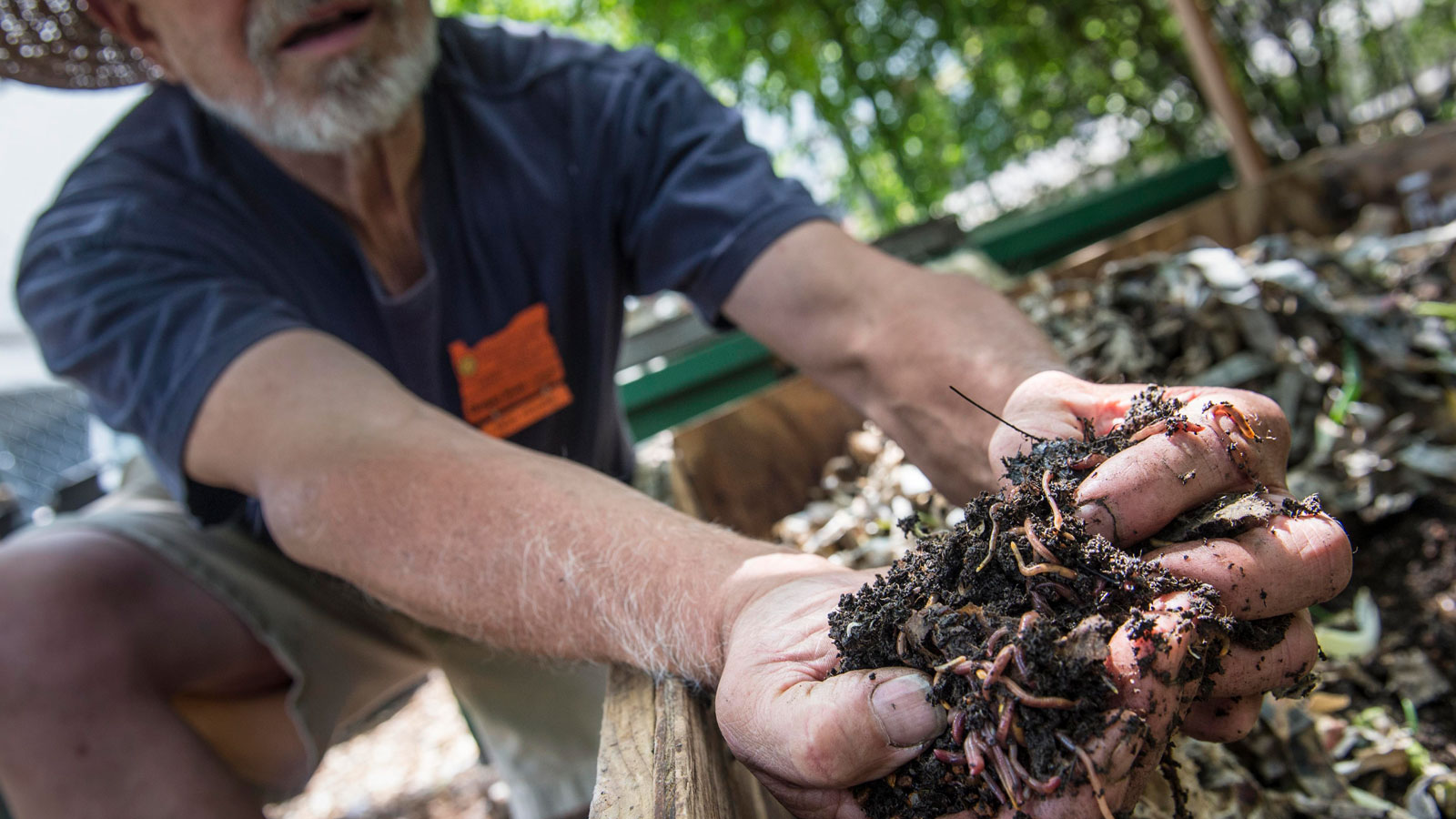Under the kitchen sink, tucked between trash bags and cleaning products, some people keep a bin of worms. The worms eat fruit and vegetable scraps and leave behind nutrient-rich compost that can be used to nourish houseplants.
Jennifer Roberts of the University of California Cooperative Extension says this method of composting is called vermicomposting, and it can work well for people with limited space.
“An average family of four … can compost all their food scraps with one worm bin that’s about one-and-a-half feet by one-and-a-half feet,” Roberts says.
The stars of the show are red wiggler worms, which can be bought online or at garden centers. And a pound of worms can produce about a cup of compost each month.
“What they create on the other end is actually even richer than normal compost that we would do in our backyard or even from a commercial facility,” Roberts says.
She says composting helps the climate by keeping food scraps out of landfills.
“If we put them into a landfill, they can create methane gas, and methane is a highly potent climate change gas,” she says.
So feeding food scraps to red wigglers is a greener solution.
Reporting credit: Stephanie Manuzak/ChavoBart Digital Media
Source link


